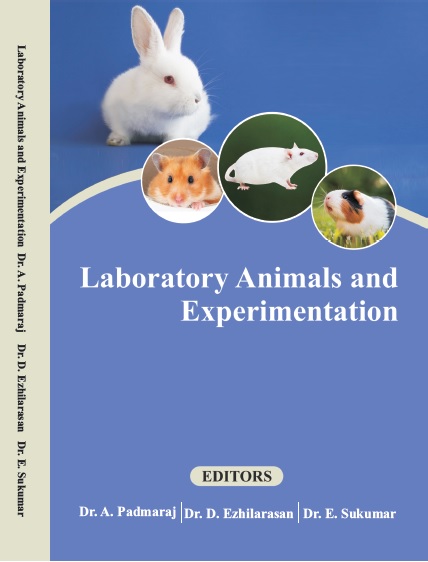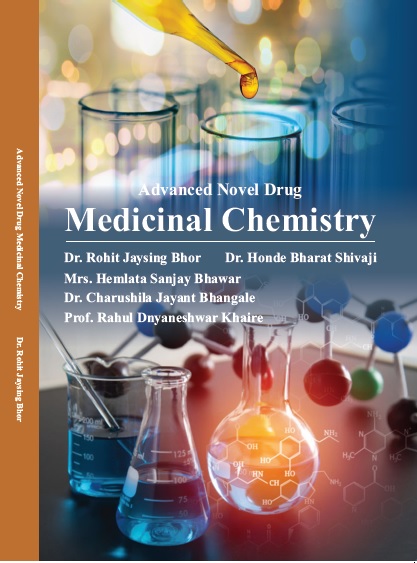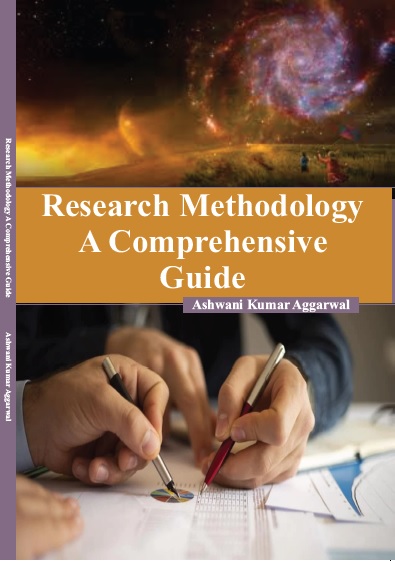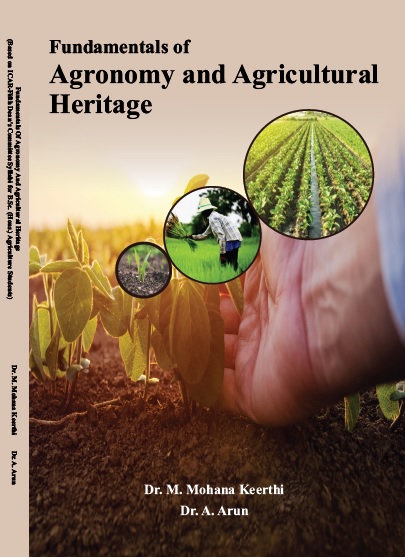MEDICAL SCIENCE
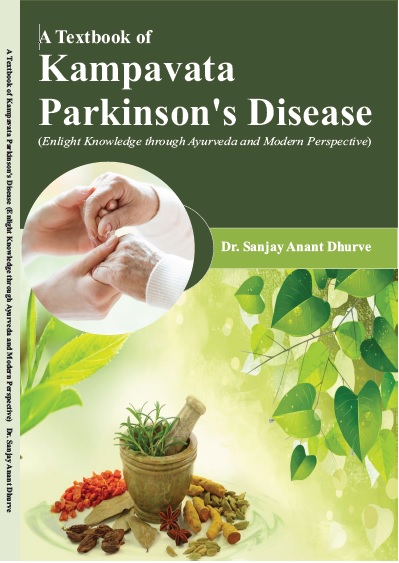
A Textbook Of Kampavata Parkinson's Disease (enlight Knowledge Through Ayurveda And Modern Perspective)
by Dr. Sanjay Anant Dhurve
ISBN Number : 978 - 81 - 949602 - 8 - 7
Authors Details
| Author Name | Image | About Author |
|---|---|---|
| Dr. Sanjay Anant Dhurve | 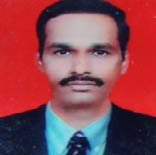 |
Dr. Sanjay Dhurve, born in 1974 completed his education in Pune. He acquired his B.A.M.S.
Degree from University of Pune in 1998 and did his post-graduation in Kayachikitsa at
Institute of Post Graduate Teaching and Research in Ayurveda, Gujrat Ayurved University,
Jamnagar in 2001. He pursued his Ph.D. in Kayachikitsa at Bharati Vidyapeeth Deemed to
be University, Pune. He has been working as a faculty for Kayachikitsa at College of
Ayurveda of Bharati Vidyapeeth Deemed to be University, Pune. He is also working at
Bharati Hospital of the University as Clinician in Department of Kayachikitsa.
Dr. Sanjay Dhurve has a long teaching experience of more than 20 years. He is a guide to
scholars pursuing M.D. and Ph.D. in Kayachikitsa and a number of students have acquired
M.D. and Ph.D. Under his guidance.
Dr. Sanjay Dhurve is practicing Ayurveda in Pune for some years and is recognised to be one
of the leading Ayurved practitioners. He is Ayurvedic formulary adviser and is also working
in formulary development. He himself has conducted his own research and has published a
number of articles in national and international publications. His articles have been
published in the medical journals of repute. |
Book Description
Kampavata, Parkinson in English, is such an ailment for which none of the pathies has a sure shot treatment, which can relieve the patient permanently from the pains. The exact cause of the disease is still not known, in spite of years of research conducted all over the world. Allopathic treatment is focused on the various symptoms of the disease, which relieves patient temporarily. The patient has to depend on medicines regularly and also permanently. Ayurveda also does not have a treatment protocol for this which can hit the bull's eye and relieve the patient permanently. However, Ayurveda has provided a logical guideline based on which treatment could be given to a great benet of the patient. Ayurveda considers Kampavata as an imbalance of Vata. However, why this dosha develops and results into Kampavata has not been proven emphatically even by Ayurveda. The line of treatment is focused on balancing the Vata Dosha. This approach has proved to be showing benets, but sporadic. The ancient literature of Ayurveda has provided a directive for treatment. Most of the Ayurvedic practitioners are following this line, but cannot guarantee the results. There are improvements to a great extent in some patients, small improvements in some and some of the patients have not shown any improvement in spite of taking treatment for some months. It is an unpleasant fact that, as far as I know, none of the patients has been totally cured with the treatment of any of the pathies, including Ayurveda. With such a situation prevailing, I thought it essential to conduct a research in the matter of Kampavata. There was a guideline provided by the literature, the useful medicines were also mentioned. While taking up my research I had rightly assumed that this disease is induced by imbalance of Vata and with this starting point I made further research. I had patients of Kampavata with a varied physical prole and varied age prole. I treated them depending upon their individual status, monitored the changes and analysed the effects. I had devised my own treatment protocol to take the research further. It was encouraging for me to note that my research has taken the conclusions a step ahead and I am proud to have created a spring board for future Vaidya's to take the research further. My own research is also continued and I hope in the near future, Ayurveda will provide a sure, reliable treatment for Kampavata. The Text Book of Kampavata is presented for the benet of Ayurvedic practitioners. I have ensured that the language is kept reader friendly so as to make the subject more clear. Wherever I found it necessary, I have given English terms also. I have made my sincere efforts to present my experience in this book and hope my colleagues and peers working in the eld will take the research further. I wish all of them a good luck and pray for a sure and certain treatment to be available for patients of Kampavata, which will be a blessing for them.








